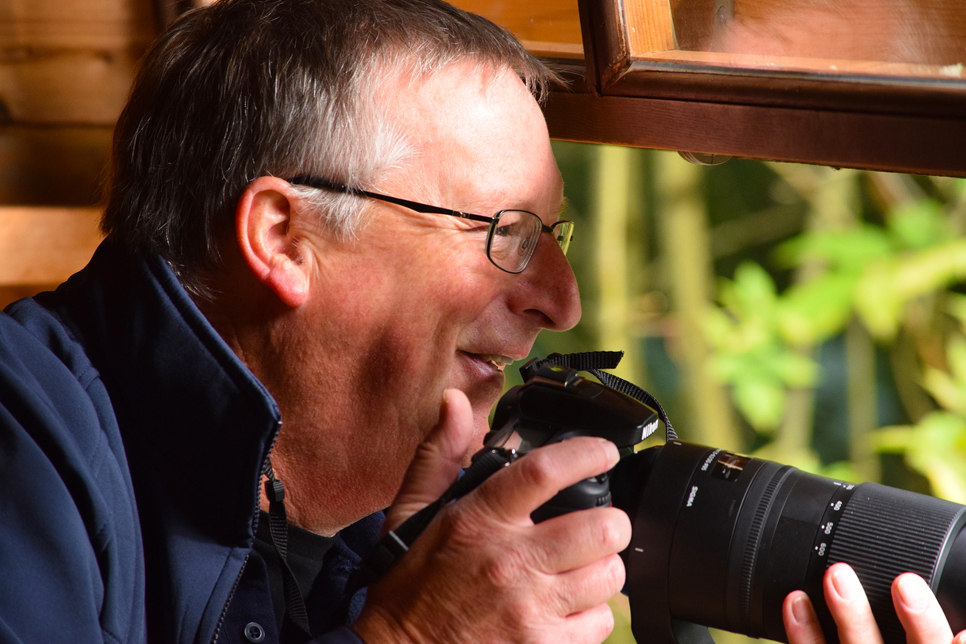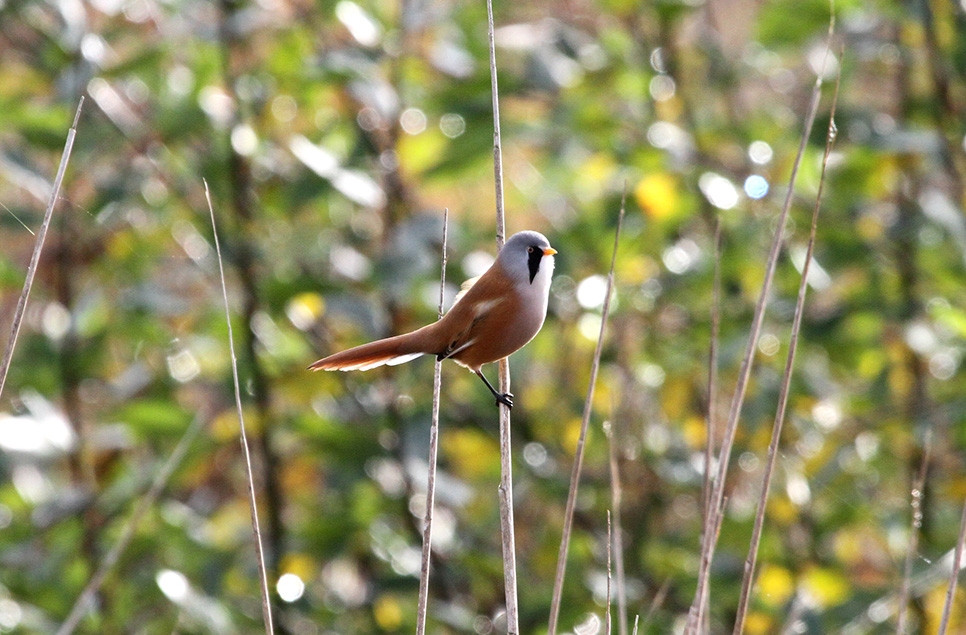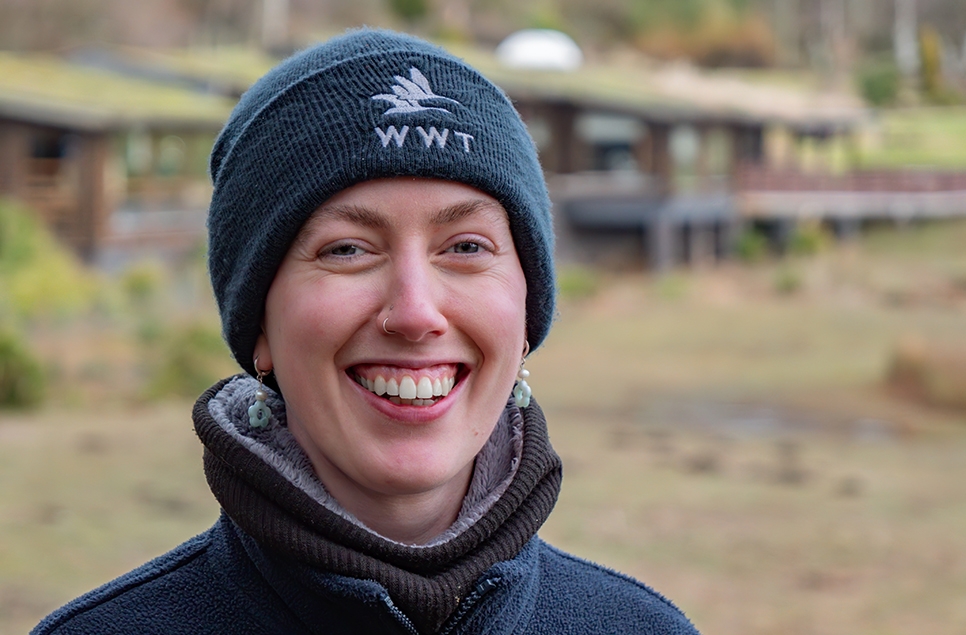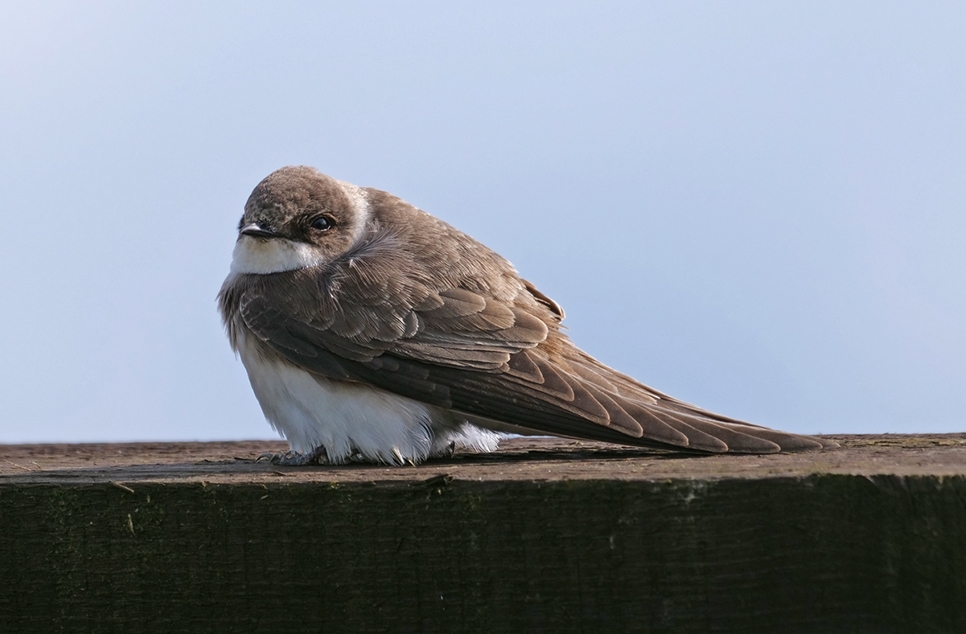Find out how we're managing tree diversity on site
Tree work and exciting plans
You may have noticed that we've been doing some tree work along our gully in between our Stream Channel and Close Encounters. While this may look dramatic, there's a management plan carefully designed and monitored by our reserve manager John.
The main work has been pollarding a number of trees including native willow trees - a pruning technique that involves removing the upper branches to promote growth of a dense head of foliage and new branches. We're also creating woodland rides (linear tracks or corridors) and glades (open spaces free of trees) within the gully which are a fantastic way to improve biodiversity within the habitat.
The new regrowth will grow tall and straight and have vibrant colours. Some willow can grow as much as 3 meters in a year, depending on the species of willow. The dramatic look seen now will soon soften with time.
The new open area will allow a more natural woodland structure to develop over time. Cleared areas will mostly be left to regenerate naturally, with some additional planting necessary, particularly where the area provides good willow tit (picture below) nesting sites - read about our willow tit project.
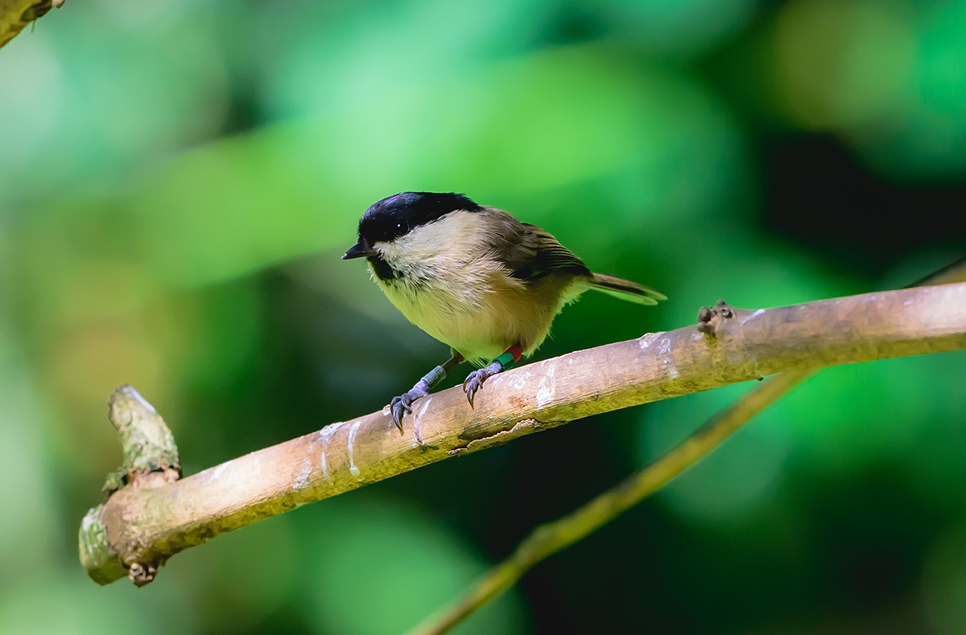
So, what is the plan in there?
- We have removed non-native trees within the gully as they can outcompete with the more delicate native trees. They can also cast too much shade and produce increased leaf litter, which can smother the development of native saplings and ground flora.
- We are constantly monitoring and managing all non-native invasive plant species within the gully, such as giant hogweed, crassula and Himalayan balsam).
- We'll be planting around 200 native tree saplings including willow and birch trees. The trees planted will expand the tree species occurring in the gully area and give the area a more diverse age structure, as well as good willow tit habitat.
- We will manage the gully with species such as willow tit at the forefront of our management plan. The pollarded trees will regrow and create the perfect type of habitat, with a tree structure that willow tit like to nest in.
- The gully water channel itself is also being cleared out. An accumulation of debris built up over time will be removed, helping direct the water into the wet woodland more effectively, and in turn encouraging the water to spill into the ponds and pools at the sides of the gully. This will help slow the flow of the water, allowing a natural cleaning process. Key plant species will also help filter the water, as well as having open water that allows a chemical breakdown - all supporting a better water quality and a richer biodiversity around this wet woodland!
There are exciting plans for the next year in Wet Woodland, so watch this space!
Ready to visit?
If you've been inspired to explore Washington Wetland Centre and see the work we're doing for yourself, find out more and plan your visit online.
Plan your visit